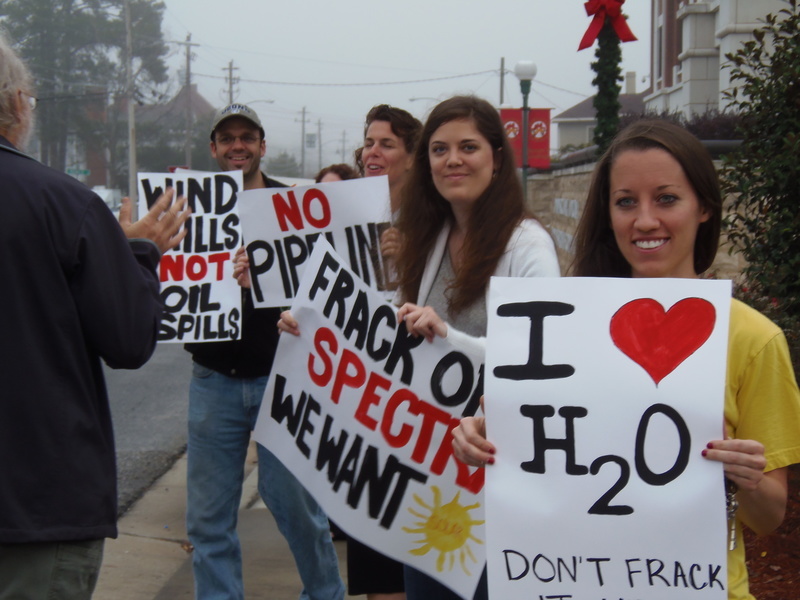One of the
promised public hearings
appeared within a week,
and the pipeline company made all sorts of promises and emphasized
how busy and important it is.
The pipeline rep caused opposition from a second county commissioner,
and inadvertently revealed some possible means of opposition.
Carlton Fletcher wrote for AlbanyHerald.com 16 September 2013,
Spectra official discusses natural gas pipeline,
 Brian Fahrenthold, the state and local government affairs director
for Houston-based Spectra Energy, assured commissioners and
landowners impacted by the pipeline that his company will
“meet or exceed all safety standards” required by
federal officials during construction of the $3 billion project that
will, when completed, send 1 billion cubic feet of natural gas per
day into Florida from central Alabama.
Brian Fahrenthold, the state and local government affairs director
for Houston-based Spectra Energy, assured commissioners and
landowners impacted by the pipeline that his company will
“meet or exceed all safety standards” required by
federal officials during construction of the $3 billion project that
will, when completed, send 1 billion cubic feet of natural gas per
day into Florida from central Alabama.
“We’re in the early rows of activity right now, and this is a
marathon,” Fahrenthold said. “We operate close to 19,000
miles of pipeline in the United States, and we have an outstanding
safety record. Almost 15 percent of the natural gas used in the
United States flows through our system.”
Fahrenthold answered questions from commissioners and from members
of the public during a lengthy public hearing, assuring those
gathered at the downtown Government Center Spectra is open to any
pipeline route alterations that are viable.
“We keep hearing that there is an alternate route being
proposed by some (landowners) in the community, but we haven’t seen
it,” Fahrenthold said. “If there is such a route
proposal, we’re open to it.”
Well, that’s cute: he says
landowners should band together and do the pipeline company’s
work for it.
How about we start by demanding to see Spectra’s current route maps?
And look at this!
Remember
Commissioner Ewell Lyle spoke up for closely monitoring
the pipeline and noted it wasn’t just a local issue?
Spectra listened: Continue reading →
 A major big city daily?
A local newspaper of record along the proposed pipeline path?
Nope: the Valdosta State University student newspaper, The Spectator,
has done what its bigger newspaper colleagues have not dared:
oppose the Sabal Trail fracked methane pipeline and demand renewable
energy instead.
Where students lead, maybe their elders will follow.
A major big city daily?
A local newspaper of record along the proposed pipeline path?
Nope: the Valdosta State University student newspaper, The Spectator,
has done what its bigger newspaper colleagues have not dared:
oppose the Sabal Trail fracked methane pipeline and demand renewable
energy instead.
Where students lead, maybe their elders will follow.









